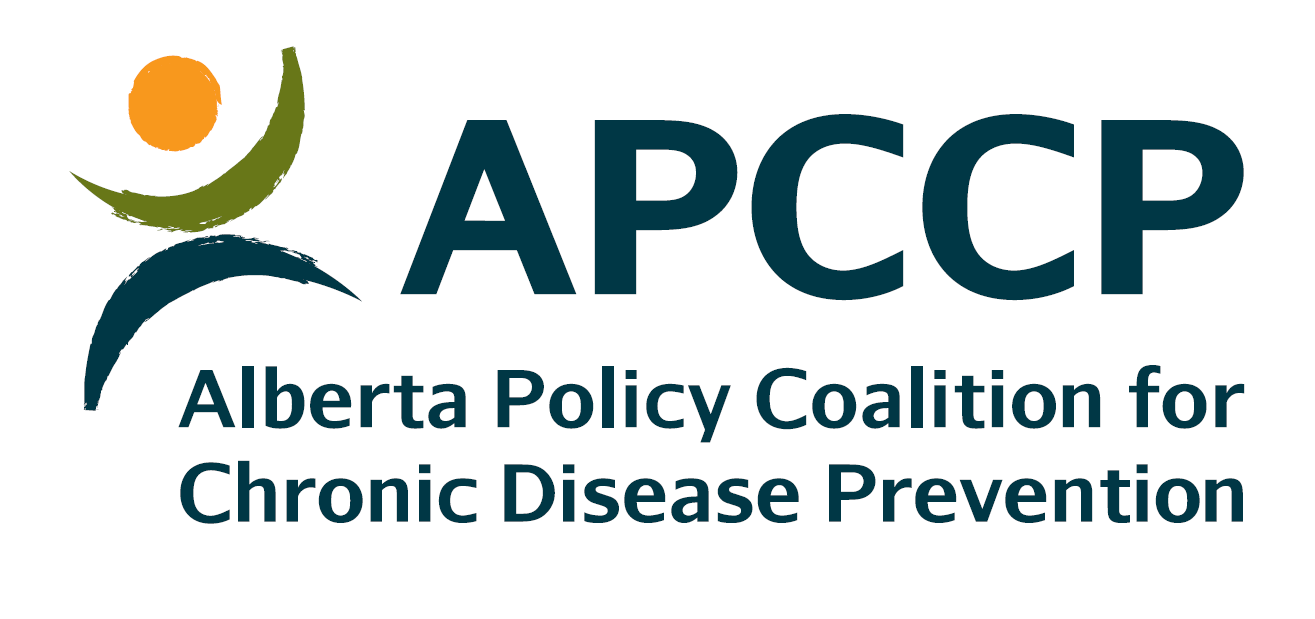Learning Objective #1:
Understand the purpose of a Community Nutrition Report Card
1. What is a Community Nutrition Report Card?
The community’s food environment affects what people eat. The Community Nutrition Report Card tells you how your community is doing compared to benchmarks for a healthy food environment. This app-generated report contains community indicators and their score, suggested Recommendations, and Resources/Success Stories.
2. What is the purpose of creating a Community Nutrition Report Card?
Throughout these modules we draw on the voices of community partners and members who participated in the early stages of our research, helping to develop their own Community Nutrition Report Cards. Their voices are captured in shaded quote boxes.
Community Nutrition Report Cards can help:
1. Raise awareness and start conversations about what the food environment looks like in your community and how it affects what children and youth eat and drink.
- Sometimes different community stakeholders do not realize how the actions they take or the policies they have can impact health.
The Community Nutrition Report Card is a really good conversation starter. It gives me a reason to start a conversation with different organizations, rather than just calling them out of the blue and being like, ‘hey, want to talk about healthy eating environments?’
We thought sharing the Community Nutrition Report Card publicly would help bring greater awareness to the impact that settings have on eating. There is still a fair bit of resistance — people will say, ‘well, you can’t tell people what they should eat, or why a vending contractor should price food a certain way.’ And so, we will have a conversation about the effect that the eating environment has on people’s choices. And how when it’s in a public environment—yes, it’s a private business—but in a public environment there is that responsibility, I think, that expectation and awareness that you’re impacting people’s health. So, I think by making the report card public, it will help raise awareness and share knowledge.
2. To align community priorities and help guide the actions of community stakeholders
- The Community Nutrition Report Card helps you identify what is working well and areas of improvement.
- The results will help your community stakeholders focus their efforts and develop concrete goals towards healthier food environments.
We can look at the Community Nutrition Report Card and think, ‘Okay, this is how we were doing in 2019. Now it’s 2022, how far have we come?’ I think the Community Nutrition Report Card is a good tool to use as a reminder of the need to continue moving forward and to get better. But it gives us something to move forward from.
The school divisions want to have healthier school communities. That is their goal. But sometimes they just don’t know how to do that…. So, if you’re going to come in and just provide support in a positive way, then they’re going to be willing and open to making changes.
I think the challenge is working with all of the different partners and knowing that healthy eating probably isn’t their priority. It’s certainly my priority but not theirs. So, it’s helping them recognize how those eating environments really do contribute, and can contribute, to their bottom line too.
3. To gain community wide support for creating healthy food environments
- When developing the Community Nutrition Report Card, build support by engaging a wide range of community stakeholders.
- Use the Community Nutrition Report Card to demonstrate the need for change and use the recommendations to outline possible changes.
But this [the BFE project] has provided kind of more of a springboard to get buy-in and see success in the community than when they just go in as a dietitian saying, ‘have you considered making this change.’ They’re seeing a lot more success and buy-in through this process.



